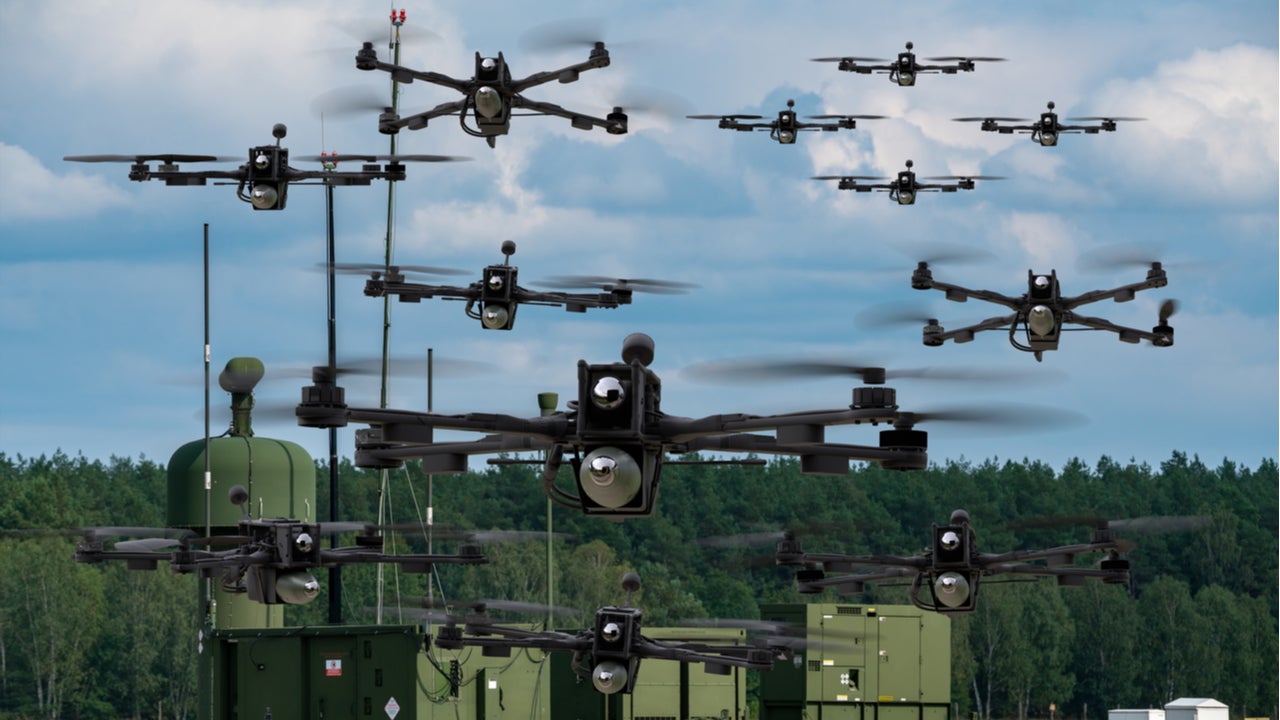Loitering munitions have a significant effect on the defense industry due to its increasing use in conflict, and increasing adoption by global militaries. However, the intentional and inherent excision of human input from the decision-making progress, coupled with their potential as a mass casualty weapon, has led to increasing calls for restriction on the proliferation and development of technologies such as drone swarms.
Listed below are the key regulatory trends impacting the loitering munitions theme, as identified by GlobalData.
International Traffic in Arms Regulations (ITAR)
ITAR imposes significant restrictions on the transfer of sensitive technologies, including the technologies relevant to loitering munitions. US policy specifically prohibits the proliferation of missile technology that would threaten the superiority of the US military. Transfer conditions include restrictions on arming unmanned aerial systems (UAS) with non-US systems and must only be used in conjunction with international laws including ITAR.
Laws of war
Increasing capabilities for munitions to autonomously detect targets and operate without an ‘in-the-loop’ human, raises significant concerns for accountability and has created an ongoing debate about responsibility and human control. There is a risk of loitering munitions engaging with the wrong target, especially when there is no human in the loop.
Numerous non-governmental organisations (NGOs) are concerned with loitering munitions capabilities to comply with international law, and with questions of who is responsible for the choices they make. Currently, loitering munitions have mostly been developed to target hardware, such as anti-air defenses, but if this changes there will be increased international concerns.
See Also:
Counter drone technology
Counter drone technology or counter unmanned aerial systems (CUAS) is currently in use as one of the primary proposed solutions in countering loitering munitions. In the light of the security concerns relating to drones, and the significant disruption that can be inadvertently or maliciously caused by drones and their operators, a new technology category in the form of anti-drone technology has emerged.
How well do you really know your competitors?
Access the most comprehensive Company Profiles on the market, powered by GlobalData. Save hours of research. Gain competitive edge.

Thank you!
Your download email will arrive shortly
Not ready to buy yet? Download a free sample
We are confident about the unique quality of our Company Profiles. However, we want you to make the most beneficial decision for your business, so we offer a free sample that you can download by submitting the below form
By GlobalDataAnti-drone technology is still relatively nascent, with current products applying one or a combination of the following techniques: radio jamming, take-over, destructive attacks, and capture attacks.
This is an edited extract from the Loitering Munitions – Thematic Research report produced by GlobalData Thematic Research.








